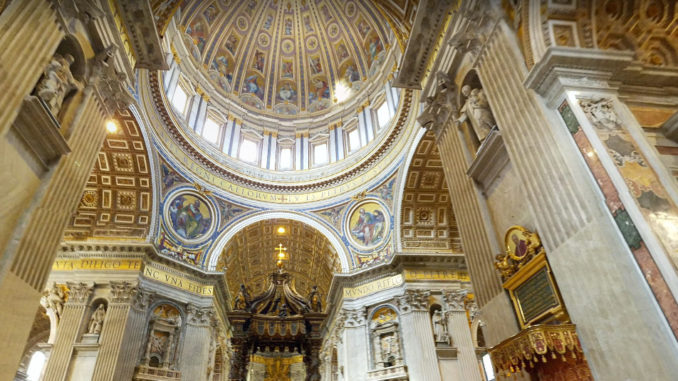
St Peter’s Basilica is the home of the Pope and the papal enclave within Rome. It is a church of Italian Renaissance origin and the most distinctive structure in Vatican City. Spread across 2.3 hectares, it is the largest church on the planet and the most famous Renaissance architectural work.
St Peter’s Basilica was mainly designed by Michelangelo, Donato Bramante, Gian Lorenzo Bernini, and Carlo Maderno. As per Catholic faith and tradition, it is considered to be Saint Peter’s (an apostle of Jesus) burial site. It is one of the reasons why several popes have been buried at this place since ages. The old St Peter’s Basilica of the 4th century was torn down and reconstruction began in the early 1500s.
St Peter’s Basilica is renowned for its liturgical roles and as a pilgrimage center. It is one of the 4 main churches on the planet that are ranked as Major Basilica. It is widely thought that St Peter’s Basilica is a main Catholic church, but that is a misconception. It is neither the seat of a bishop nor the Diocese of Rome’s cathedral. The Pope is the bishop of Rome and his cathedral is located in the Arch-basilica of St. John Lateran.
In 1984, St Peter’s Basilica was designated a UNESCO World Heritage Site.
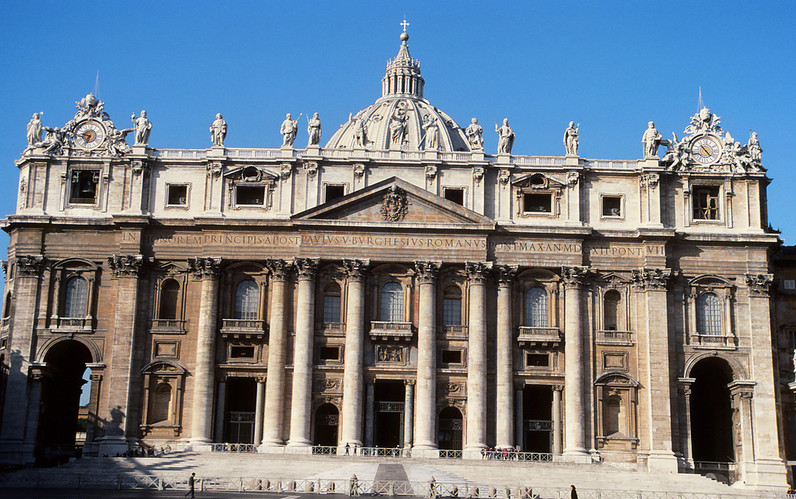
St Peter’s Basilica Architecture
St Peter’s Basilica is located westwards of River Tiber, next to Hadrian’s Mausoleum and the Janiculum Hill in the Vatican City. Rome’s skyline is dominated by the central dome of the basilica.
One can approach the church through St Peter’s Square, which is a forecourt divided into two parts both of which are enclosed by long colonnades. The first section is oval-like while the second one is trapezoid-shaped.
The façade: The basilica’s façade has numerous series of columns and it extends across the square’s end. One can reach it via steps that feature more than 18 feet statues of Rome’s first-century apostles St Paul and St Peter. The huge façade was constructed in the early 1600s by Carlo Maderno. It is 155 meters wide and 48 meters tall. The upper attic is supported by 8 columns 27 meters tall; it features 13 statues which represent St John the Baptist, Christ, and his 11 apostles. The central balcony, called Loggia della Benedizione, is the place from where the Pope gives his blessings during Easter and Christmas.
The Building: St Peter’s Basilica is shaped like a cruciform and features a longish nave shaped like the Latin cross. The central area, internally and externally, is home to the very visible dome which is one of the biggest on the planet. One can enter the church via the entrance hall which extends across the building. The Holy Door which is one of the embellished bronze doors leading from the hall gets opened only during jubilees.
The nave which goes to the main dome is located in 3 bays, with piers that hold up a barrel vault; it is the highest one present in churches across the world. The nave is enclosed by big aisles lead to several chapels. A lot of chapels also frame the dome.
When we move around St Peter’s Basilica in a clockwise manner, we will come across numerous attractions, such as the Presentation of the Virgin chapel; the Clementine Chapel featuring Saint Gregory’s altar; the Sacred Heart’s altar; the Chapel of the Madonna of Colonna; the apse featuring the Chair of Saint Peter; Archangel Michael’s altar; the right transept featuring altars of Saints Martiniano and Processo, Saint Erasmus, and Saint Wenceslas; the Gregorian Chapel featuring the Madonna of Succour’s altar, and the Chapel of Saint Sebastian, etc. The Chapel of the Confession is located under the high altar, at the heart of St Peter’s Basilica. The underground chapel, located just above the burial site of St Peter, can be reached via 2 curvy staircases made of marble.
The Interiors: The vast interiors of the basilica is spread across 187 meters and over 14,900 square meters. The complete interiors are generously embellished with reliefs, marble, and architectural gilding and artistic sculpture and masterpieces. The scale of the interiors is such that it dwarfs all visitors, which is a really delightfully overwhelming experience.
The building features several tombs of former Popes and other well-known individuals and several of these tombs are considered great pieces of art. Visitors can enter this area via the Pier of St Andrew. The many different chapels and niches also feature many sculptures, including the hauntingly striking Pieta by Michelangelo. The Pieta was sculpted by him when was just 25 years old; it is also the only artwork that he ever signed. His sign can be seen on the sash placed over the breast of Madonna. A reddish disk on the floor can be seen nearby. It is the place where the Pope crowned Charlemagne and other Roman emperors.
Designed by Bernini, the main attraction is the canopy or baldachin above the Papal Altar. Four spiral bronze columns support the canopy. The only priest who can serve here is the Pope. An ensemble of sculptures featuring the representative Chair of Saint Peter is located at the end.
The dome designed by Michelangelo towers above to nearly 120 meters. Four piers made of stone support the dome and its niches contain statues of saints Helena, Longinus, Andrew, and Veronica. The design of the dome is based on the Duomo (created by Brunelleschi) located in Florence. The entrance to the dome is located towards the right of the key portico of the basilica. Visitors can walk more than 550 steps, or use a lift to get halfway and later walk over 319 steps to get to the top. The climb is steep and long both ways. The rooftop offers breathtaking views of the surroundings. The top end of the dome is nearly 450 feet high making the basilica the second tallest building in Rome. The dome itself is the tallest one on the planet.
The well known St Peter’s bronze statue sculpted by Arnolfo di Cambio is located at the lower section of Pier of St Longinus. Over many centuries, millions of visitors have caressed the feet of the statue causing the right foot to become worn out.
History
Emperor Constantine commissioned the construction of the original old St Peter’s Basilica. The site that was chosen was believed to be the place where Saint Peter was thought to be buried in 64-67 AD. Construction of the church finished around 350 AD. However, as was the case with medieval churches, this building also became worn out. Efforts to restore the church began as late as the mid-fifteenth century, initially by Pope Nicholas V which was a failure, and successfully later by Julius II.
The new design for the basilica was created by Bramante. The design had a Greek-cross form featuring an enormous dome in the center and 4 equal shape arms. Construction started in 1506 but stopped in 1514 due to the death of Bramante. The original design plans were then modified by Antonio da Sangallo, Raphael, and other architects. The progress was however limited.
In 1547, construction was taken over by 72-year old Michelangelo. He simplified the original plans and created new designs, including the design of the dome which went on to become one of the best architectural accomplishments of the legendary artist. He, however, died soon after and could not overlook the construction. Domenico Fontana and Giacomo Della Porta took over the reins and the dome was erected in 1590. The project was then passed onto Carlo Maderno in 1605. He elongated the nave that leads into the piazza and created the amazing façade. All construction finished on November 18, 1626.
St Peter’s Basilica: Opening hours
There is no entrance fee to St Peter’s Basilica. There is, however, a very strict dress code; miniskirts, shorts, and bare shoulders are not allowed.
The opening hours for the basilica are:
- 7 AM to 7 PM from April to September
- 7 AM to 6.30 PM from October to March
- The Dome’s opening hours are from 8 AM to one hour before closing time of the basilica.
St Peter’s Basilica – Inside Pictures
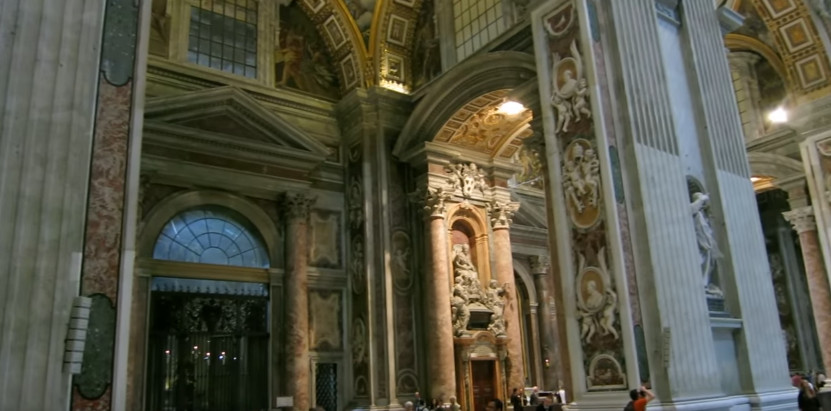
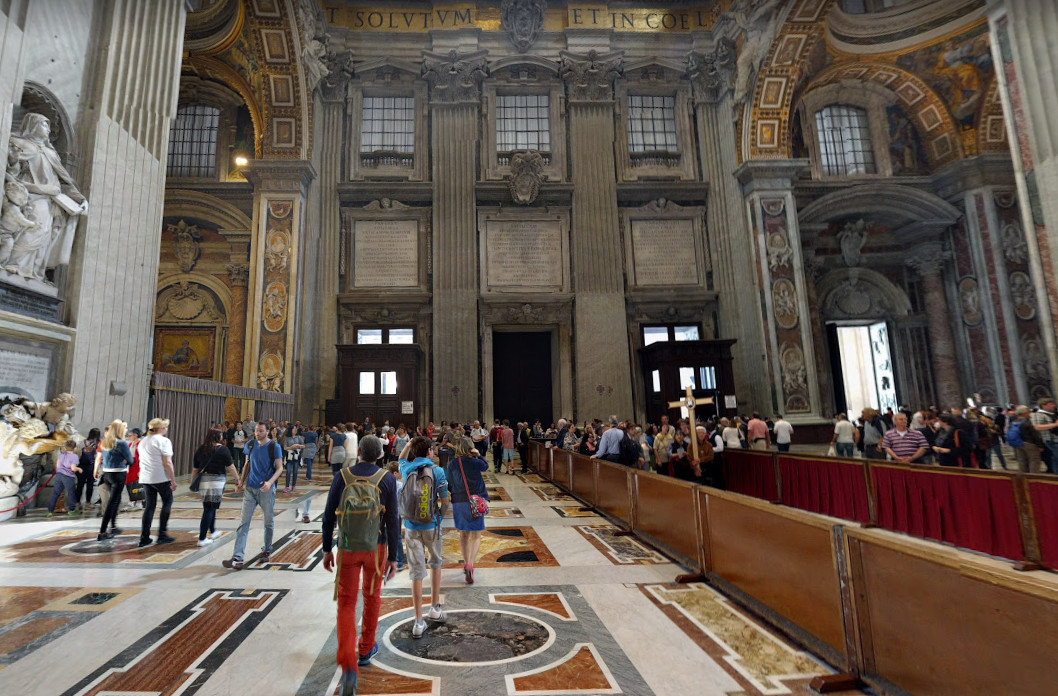
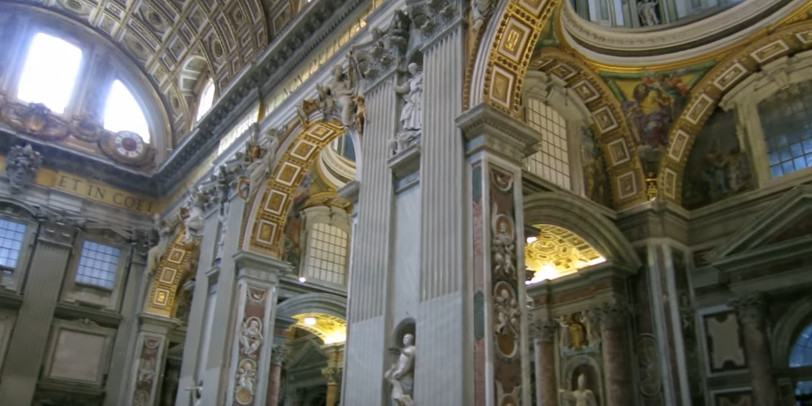
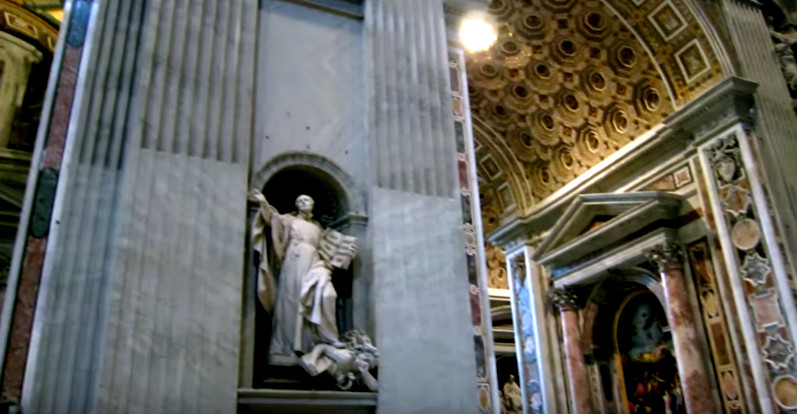

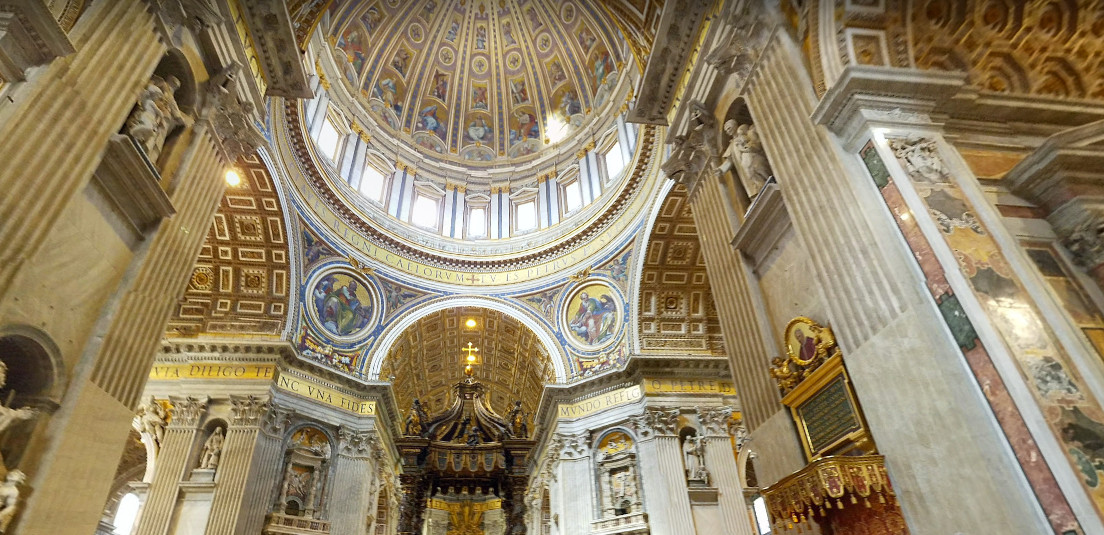
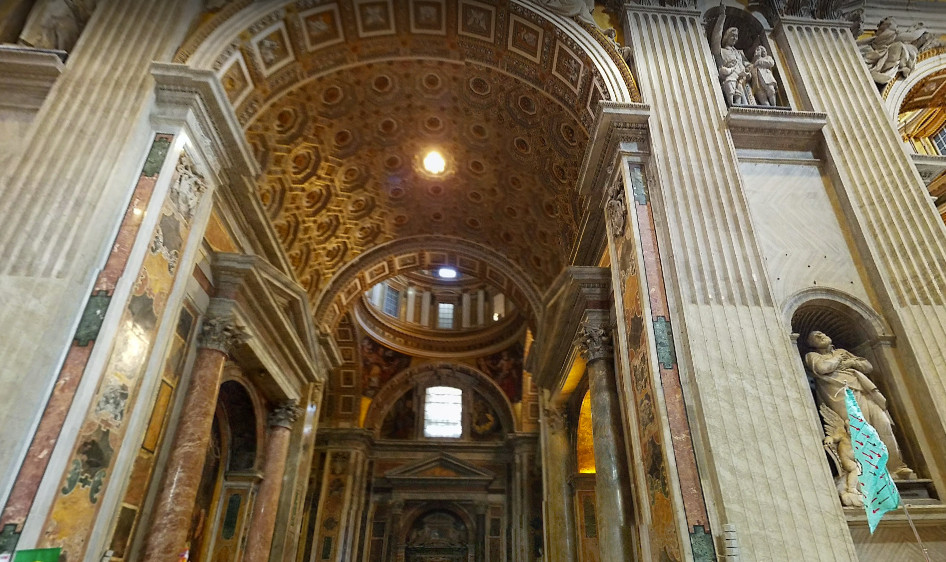
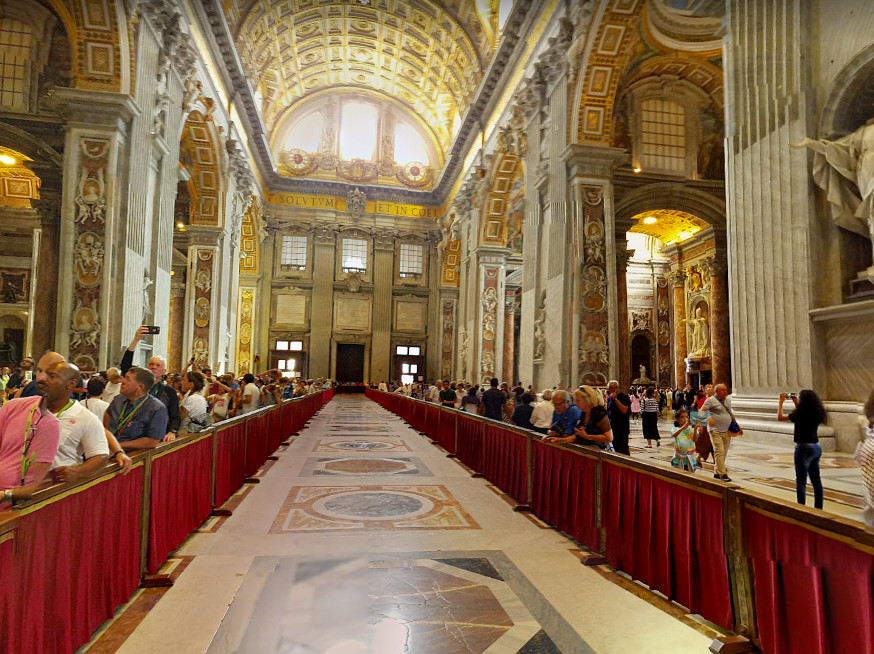
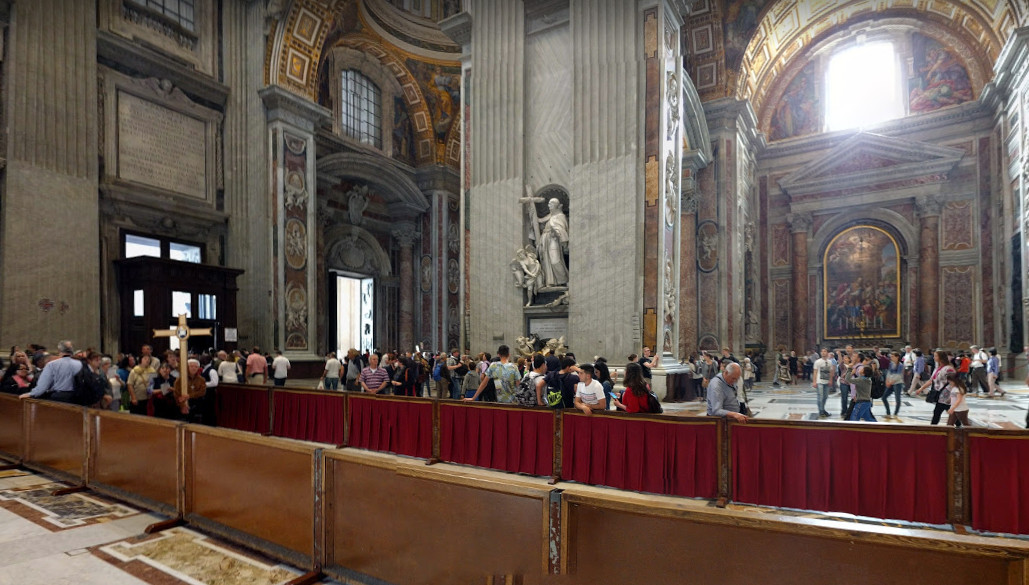
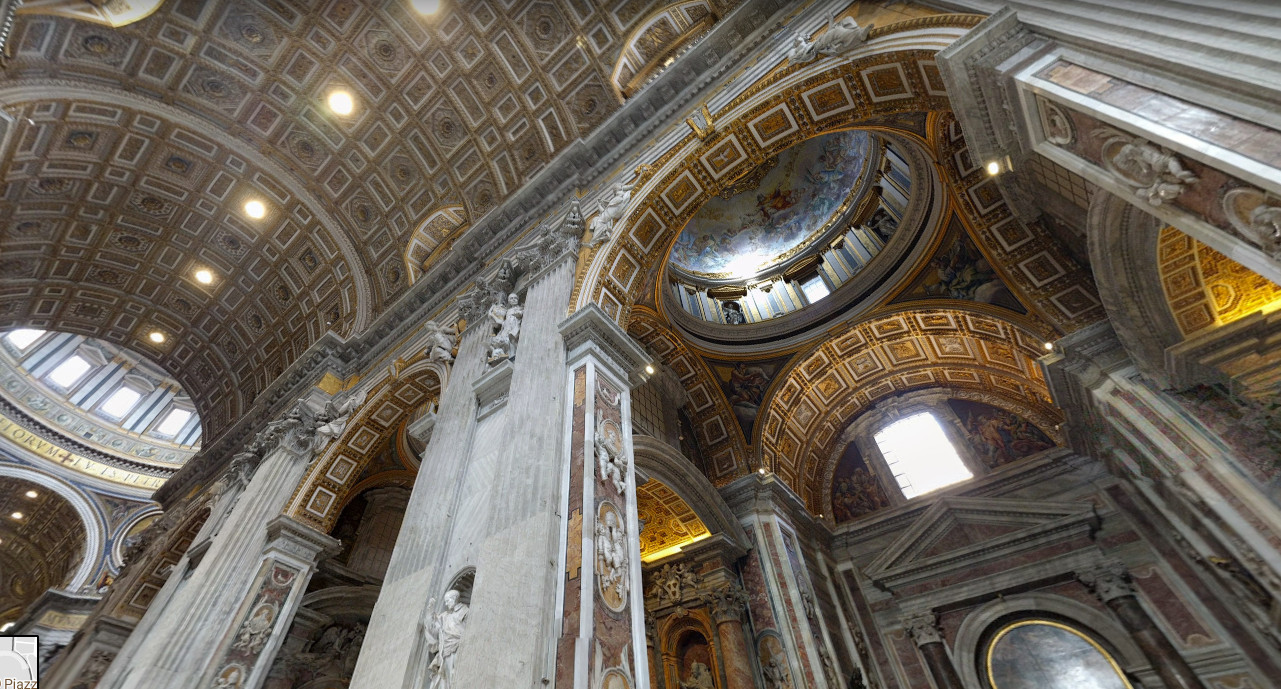
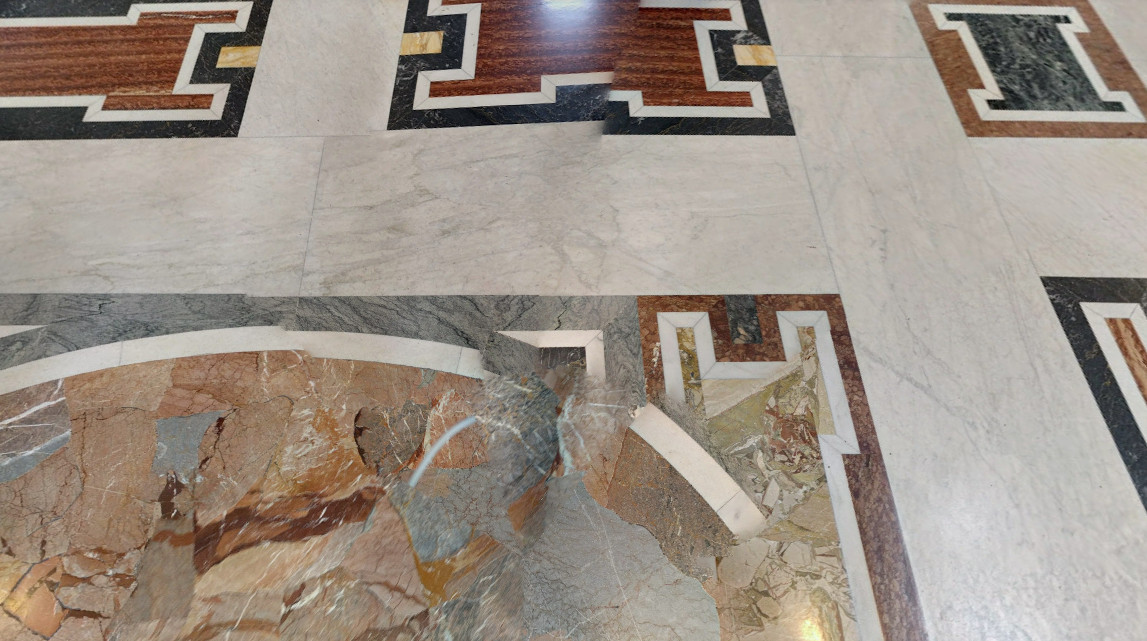
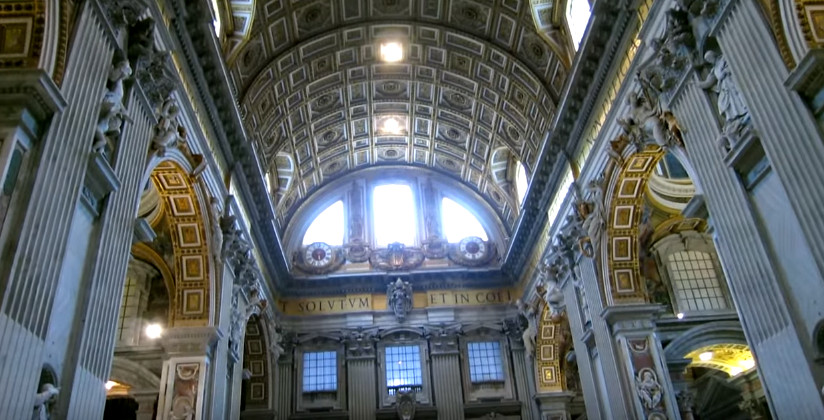
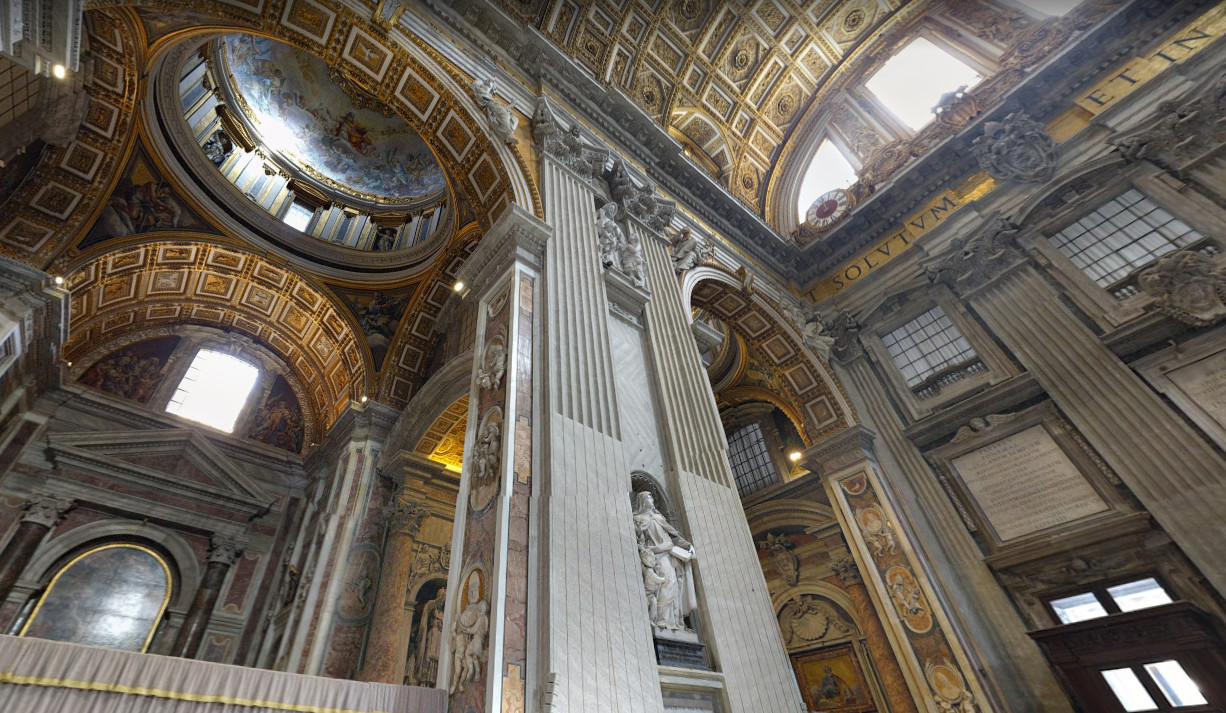
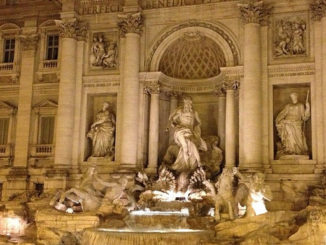
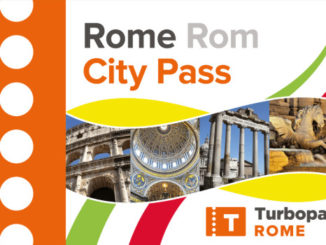
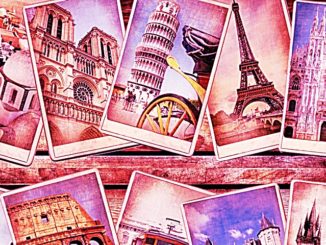
Be the first to comment